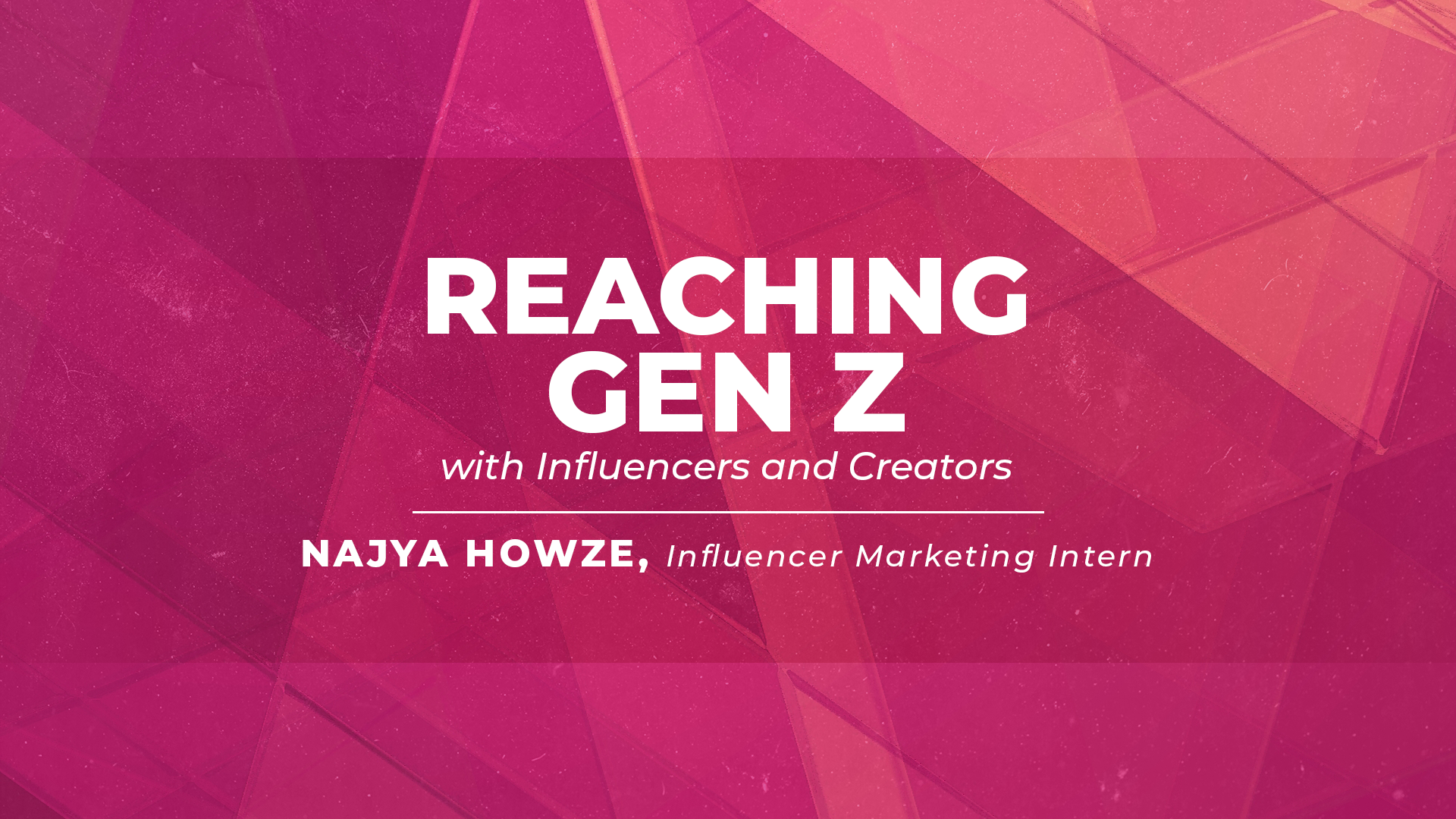
Influencer Marketing has proven to be an effective strategy when it comes to promoting a brand, product or service. But, as it does so often, the social media marketing world is changing. Gen Zers are now key decision makers and responding to marketing tactics in a different way than Millennials once did. Therefore, when choosing Gen Z as a target audience, advertisers and influencers will have to find new strategies to grab the audience’s attention.
Gen Z has grown up in an environment where companies have the ability to reach them at any point in time, nearly drowning them in ad noise. So how do advertisers capture the attention of this generation? A survey from LTK not only found that 75% of Gen Z’s shopping is informed by creator-recommended products, but also that Gen Z is more likely to search for product information from an influencer instead of a brand’s website. Gen Z has also noticeably taken a liking to the concept of de-influencing and creators who are considered micro or nano influencers. These concepts have the ability to change the way consumers see ads and promotions, as they lean into relatability. With that in mind, keep reading to uncover the who, where and how of influencing Gen Z.
In order to be effective, Gen Z influencer marketing requires authenticity. Here at Socialfly, we define micro-influencers as those with a following between 10K and 50K, placing them between nano influencers and mid-tier influencers. Many companies have found micro-influencers to be a great fit for their campaigns, considering factors like authenticity, engagement rates, availability and costs.
Micro-influencers are more likely to provide relatability when it comes to promotion of a product or service. With a smaller, more engaged following, these influencers are often more niche, catering to a specific demographic and audience that directly relates with their content. Micro-influencers are also typically active in engagement and interaction with their followers, therefore building trust and satisfying Gen Z’s desire for person-to-person connection in a digitized world.
In terms of where to reach Gen Z, the most popular social platforms are YouTube (with about 84% of Gen Z using the app), TikTok (64%), Snapchat (58%), and Instagram (56%). Compared to other age groups, Gen Z is the only generation with over 50% of its population on more than two social media platforms. Because the reachability of this generation is higher than others, it’s critical to discover effective ways to reach and engage them.
As an age group that grew up with ever-improving technology and social media platforms, Gen Zers crave content that truly captures, intrigues, and keeps their attention. Think about hosting LIVEs, jumping on trends, and using popular sounds. Take de-influencing, for example. The de-influencing trend has different definitions depending on where you look, but the concept is all the same: to make social media users more aware of the products being promoted and purchased by consumers.
One of the more popular ways influencers have embraced de-influencing is by creating “don’t buy this, but get this instead” videos. In these posts, primarily found on TikTok, influencers will show a product they’ve bought and tried, but didn’t like, and show a similar product that they preferred. Some influencers go into detail about why they preferred one over the other, while others create compilation videos of products that may be trending or under a specific vertical. Similarly, we’re also seeing promotion of products by “non-influencers,” as TikTok’s algorithm allows any person or piece of content to go viral.
Influencer SEO, a steady stream of influencer-generated content focused on key words and phrases, is another way to reach Gen Z in an authentic and less curated way. Knowing that nearly 40% of Gen Z is using TikTok and Instagram as their search engines rather than Google, influencer SEO is a great way to provide them a solution or answer where they are looking for it.
In conclusion, brands should work with smaller, more authentic creators on channels such as YouTube and TikTok, and collaborate with creators on content that feels purposeful and entertaining in order to reach and engage Gen Z.
Ready to connect with Gen Z on social media? Get in touch with our team of experts today! If you’re a creator or influencer, click here to be considered for future brand partnerships!
Written By: Najya Howze, Influencer Marketing Intern